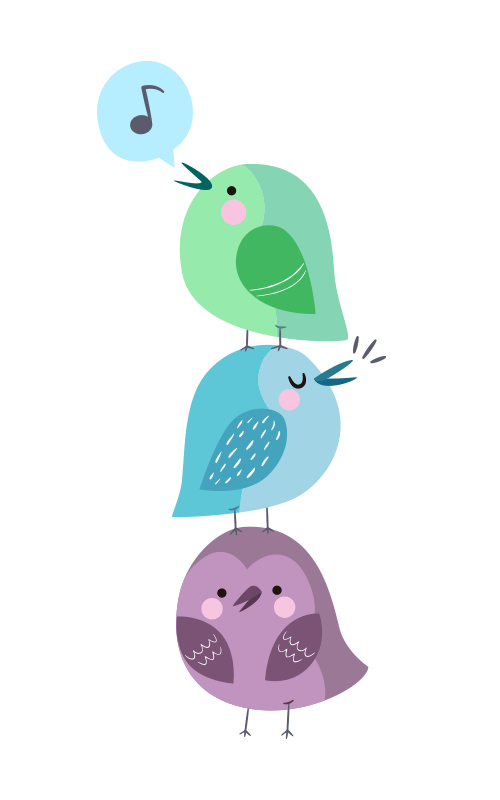CHILDREN SHOULD BE SEEN AND HEARD
Communication starts with baby’s own voice, but more importantly, his hearing. Developing the voice and developing the ear, go together. Developing both of them is critical to learning.
Doctor Alfred Tomatis, a Neuroscientist, says that (Musical) sounds create an electrical charge that potentially stimulates the brain. Learning cannot take place without that energy and learning anything by rote in my experience can be very monotonous. We all know how much easier it is to do something monotonous, like for instance, working out, while listening to music. Combining the learning experience with music can help eliminate boredom.
He provides seven characteristics of listening that can and should be nurtured from an early age. I have listed them here, plus their significance to learning.
-
- The capacity to select and differentiate tonal differences – especially significant for reading skills. If you can’t hear the difference between “e” in “egg” and in “bell” how will you make the connection that they are different when you have to read them?
- The skill to consciously concentrate, and focus on, a particular listening task. This is particularly important for following instructions, attention, and short-term recall.
- The capacity to process information simultaneously with both ears. This assists with rhythm and organization. Rhythm is used in each song.
- The capacity to recognize the source and direction of sounds. This is important in communicating efficiently and following directions.
- The skill to prioritize and tune into higher frequency sounds, while tuning down the lower frequency sounds. This enhances language, mood control and focus. It is particularly important in our ever increasing noise polluted environments.
- Right ear dominance. This facilitates singing on key and academic performance. The right ear sends information to the left hemisphere – the more linear, analytical side of the brain. This is also crucial to learning language.
- The capability to listen to sound at a normal, healthy threshold. The correlation between hearing loss and lower IQ has been proven.
All these characteristics can be successfully practiced every day by using music and songs. One of the cheapest ways in which you can help stimulate your child’s brain is at your fingertips. Enjoy!
© Take note that all articles are under Copyright and may only be used with the written consent of the author.





